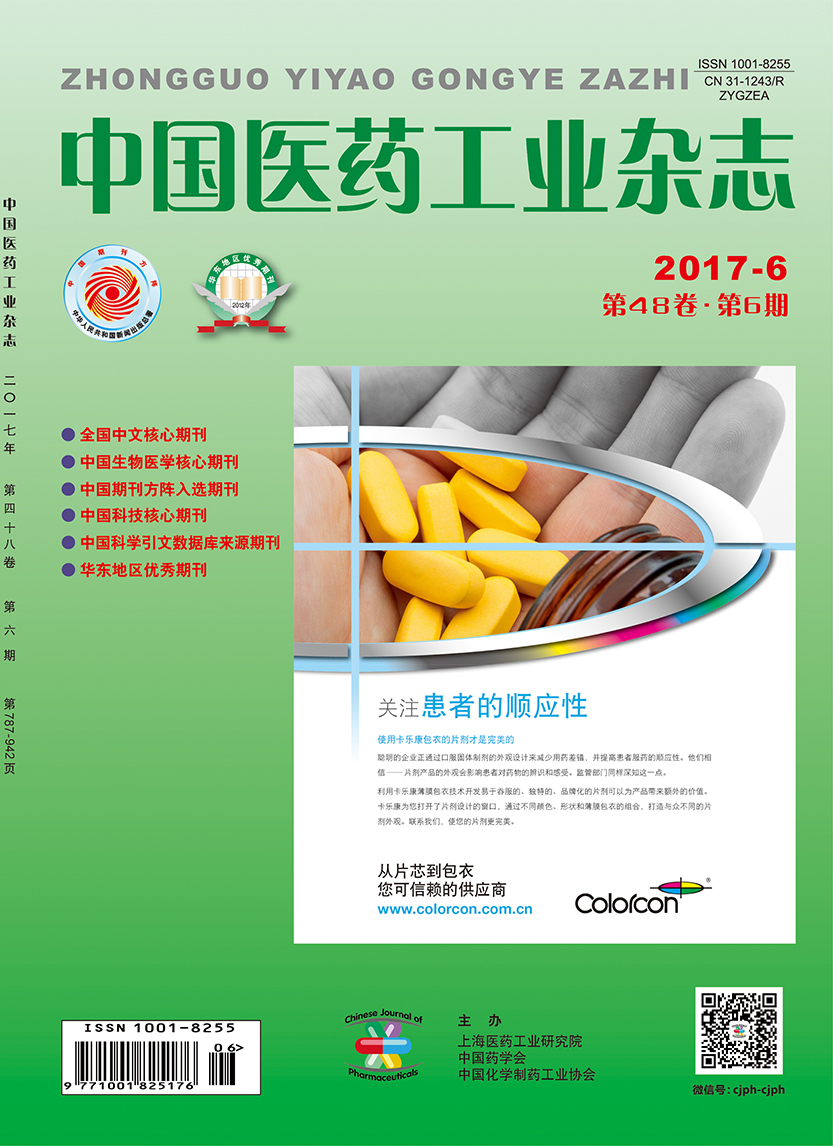ZHANG Yanyan1, HAN Guangming1, LI Weigang1, LUO Zhaoliang2
An HPLC method for the simultaneous determination of six furocoumarine components including psoralen, 8-methoxypsoralen, isopsoralen, 5-methoxypsoralen, imperator and trimethylpsorale in the Psoralea corylifolia Linn. from different habitats. A Capcell Pak-C18 column was used, with the mobile phase of methanol∶water for gradient elution, at the detection wavelength of 248 nm. The calibration curves were linear for the six components in the range of 1—100 μg/ml. Their average recoveries were 97.2%, 99.5%, 96.8%, 99.2%, 99.6% and 98.7%, with RSDs of 1.54%,1.35%, 0.65%, 0.43%, 0.18% and 0.26%, respectively. Contents of the six components in Psoralea corylifolia Linn. from ten different habitats were 0.21%—0.86%, 0.10%—0.17%, 0.28%—0.89%, 0.14%—0.43%, 0.10%—0.21% and 0.10%—0.26%, respectively. The methodology validation proved that the reported method was applicable for the quality control of Psoralea corylifolia L..
